What's Wrong With My Air Plant?
In addition to their unique and exotic appearance, Air plants (Tillandsia) are often sought after for their low-maintenance care routine, but even these hardy specimens can face challenges. If your air plant is experiencing health issues, this guide will help you troubleshoot and correct common problems to keep your Tillandsia thriving.
Understanding Your Air Plant
Before diving into specific problems, it's crucial to understand your air plant's natural habitat and care requirements. Air plants generally fall into two categories: mesic and xeric. Mesic varieties are green-leafed plants that prefer more moisture and less direct sunlight. Xeric varieties, on the other hand, are silver-leafed plants that thrive in drier conditions with more sunlight. Knowing your plant's type will help you provide the appropriate care. Keep in mind that some air plants fall between these classifications, so flexibility in care may be necessary.
Common Air Plant Problems and Solutions
-
Rot: If your air plant feels soft and is falling apart, it's likely suffering from rot. This is usually caused by overwatering or water sitting in the plant's base. To prevent rot, gently shake excess droplets after watering and provide plenty of air circulation to ensure proper drying after baths. Overwatering can easily occur in areas with lower light levels so remember to adjust your watering routine as needed. For more rot-specific care information, click here.

- Browning Leaves: Browning leaf tips can be caused by several factors, including adjustment to a new environment, too much sun exposure, or insufficient watering. To address this, try reducing light exposure and increasing watering frequency slightly. Misting between soaks will help to keep the leaves hydrated and prevent the ends from drying out. You can also trim the dead ends carefully to maintain the plant’s health. Learn more from our Brown Leaf Tips and Pruning Your Air Plants blogs. Brown spots throughout the leaves may appear due to sunburn (spots are amplified when the plant is wet and getting too much direct sunlight), overfertilization, stress from shipping, or fungal infection. To help treat fungus, spot treat with a copper-free, low-sulfur fungicide such as those formulated for roses.
- Dry, Wilting, or Yellowing Plant: A dry, wilted, or yellowing plant may be underwatered, exposed to improper light conditions, or suffering from poor air circulation. To remedy this, try adjusting your watering schedule, light exposure, and ensure adequate airflow. Environmental factors such as extreme heat or cold can also cause wilting and yellowing as well as over-fertilization and copper poisoning. Our Things to Avoid When Caring for Air Plants blog further discusses harmful substances to keep your tillies away from.
- White Substance on Leaves: Is your air plant covered in a white, fuzzy residue? You are most likely seeing trichomes which are beneficial leaf structures. No action is needed, as trichomes are natural and help the plant absorb water and protect it from sunlight. Learn more about trichomes here!
- The End of A Life Cycle: Although we can enjoy our air plants for many years with proper care, they don’t live forever. The life of an air plant consists of growing, blooming, and reproducing by pups and seeds. If your plant has bloomed and the mother plant starts to wilt or die off after producing a pup, no need to worry! This is part of the natural life cycle for many air plants. Allow the pup to grow while the mother plant gradually declines. The new growth will eventually mature, bloom, and repeat this cycle. Our Air Plant Propagation blog discusses pups and how to propagate them from the mother plant.
Remember, air plant care guidelines are just that – guidelines. Your specific plant's needs may vary based on its environment and individual characteristics. By observing changes in your plant and considering the different factors that affect its health, you can make adjustments as needed to help the plant thrive. For more Tillandsia health tips, check out our many care blogs!


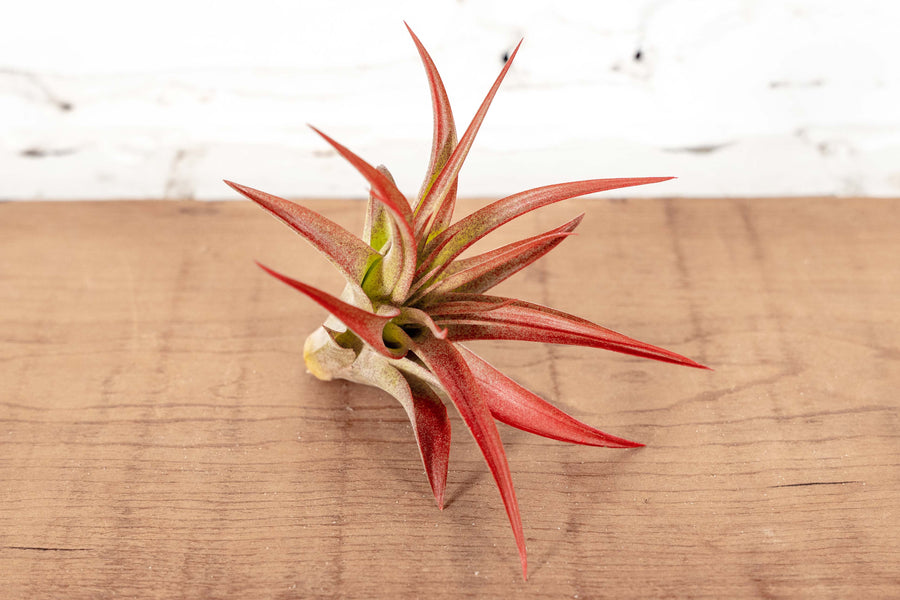
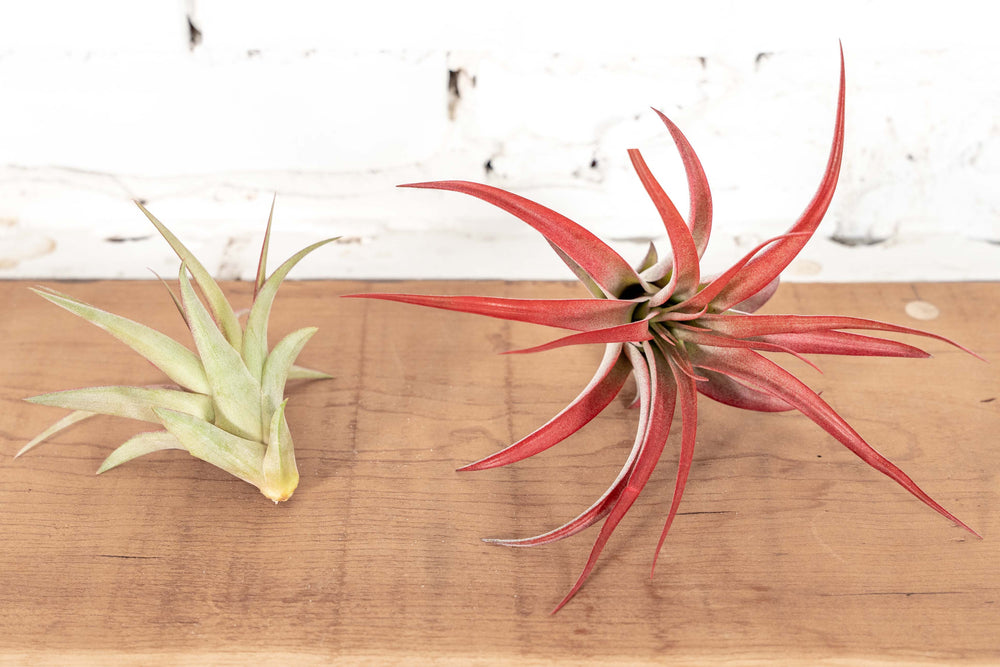
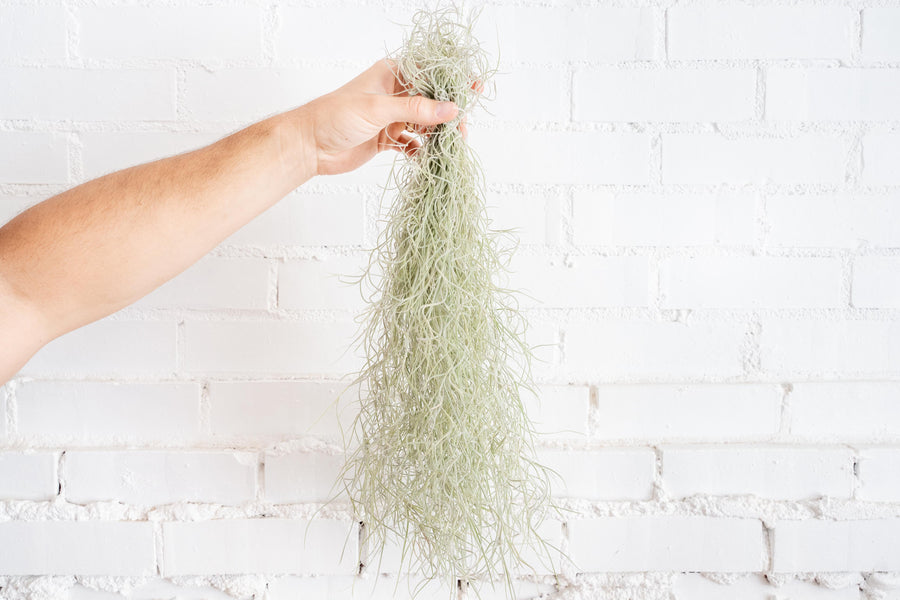
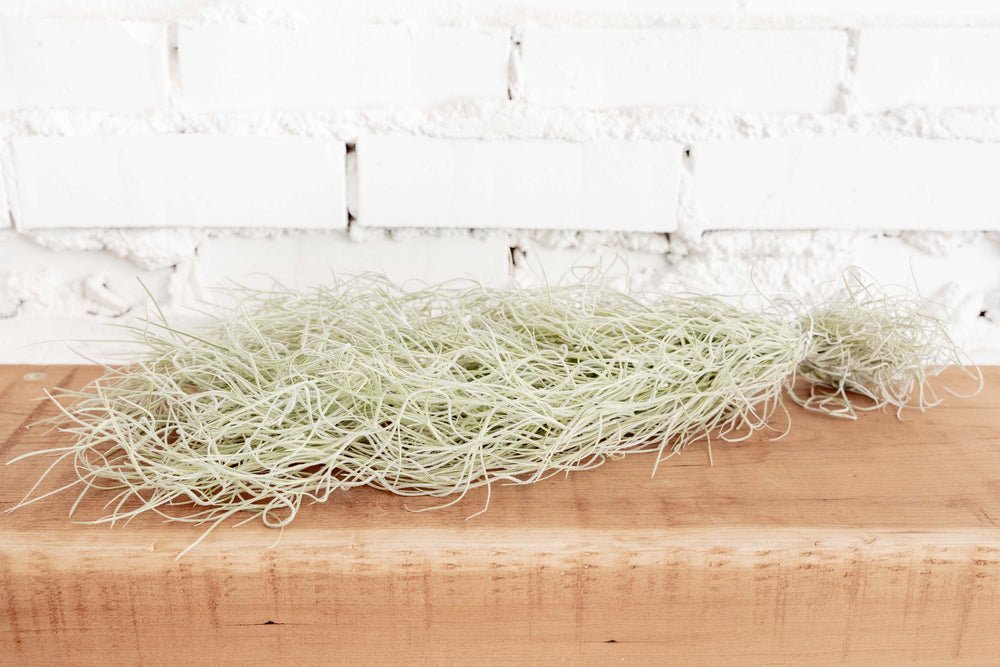
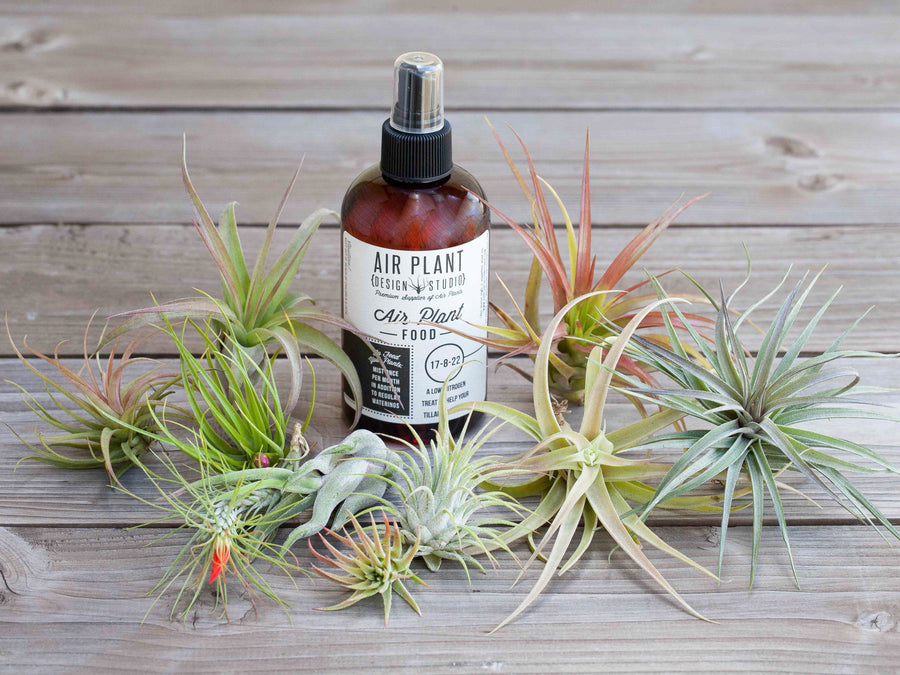
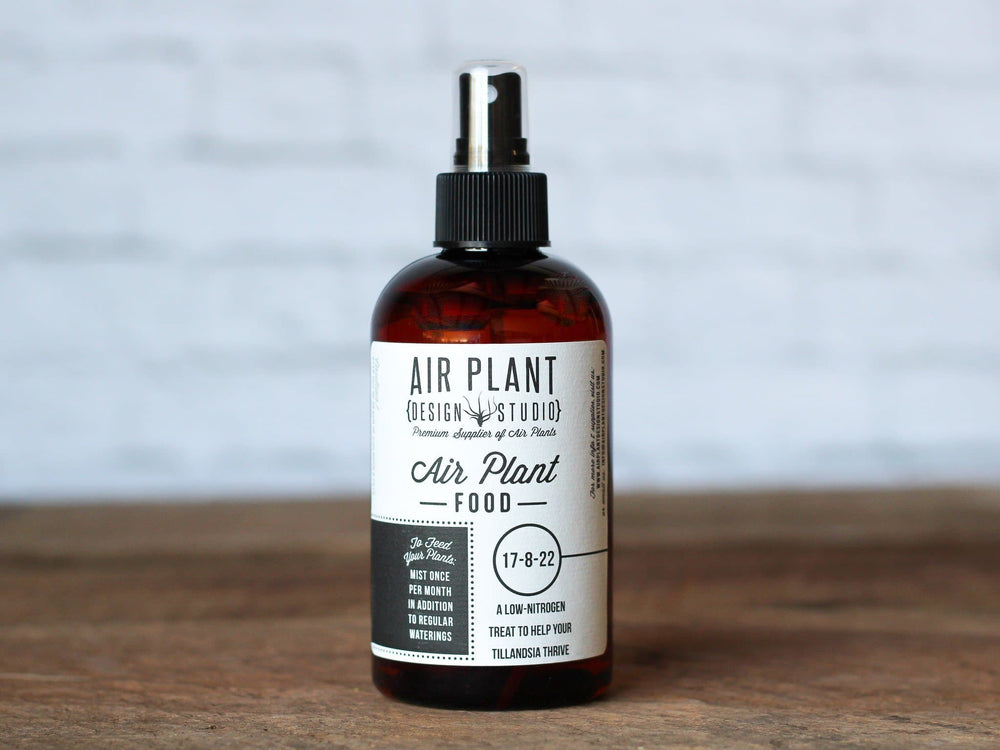
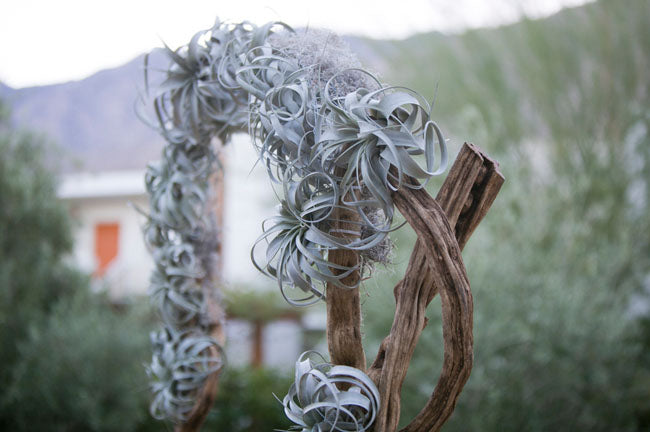
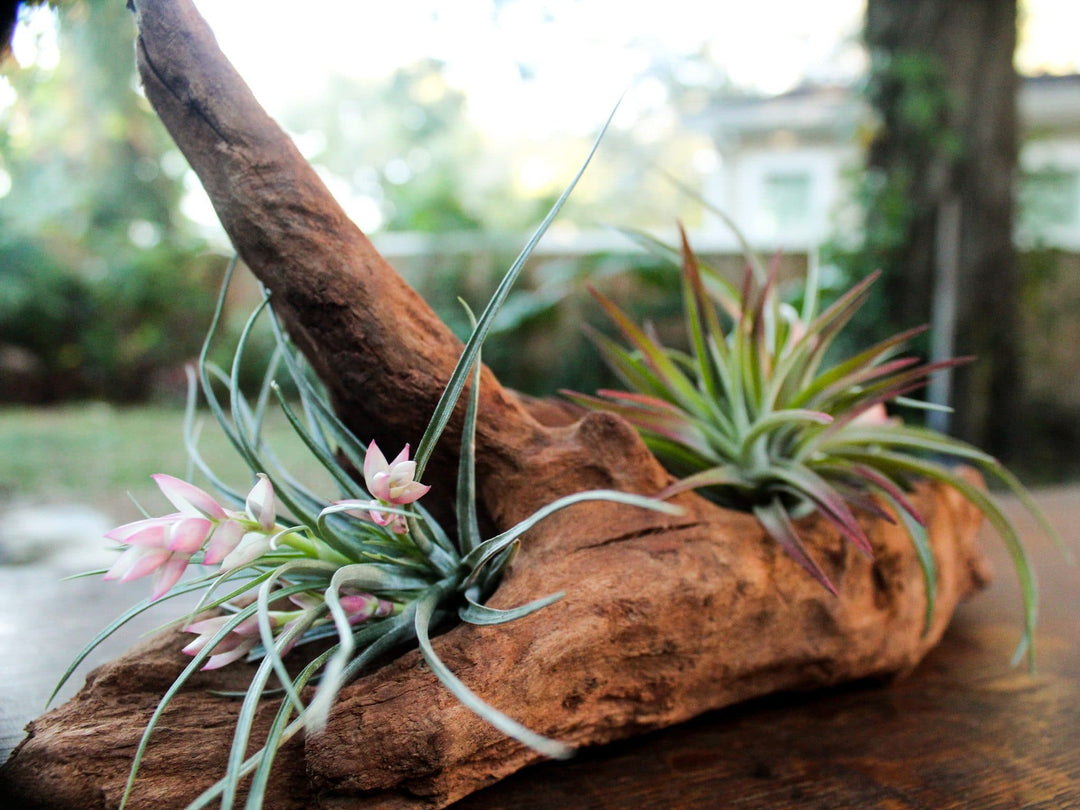
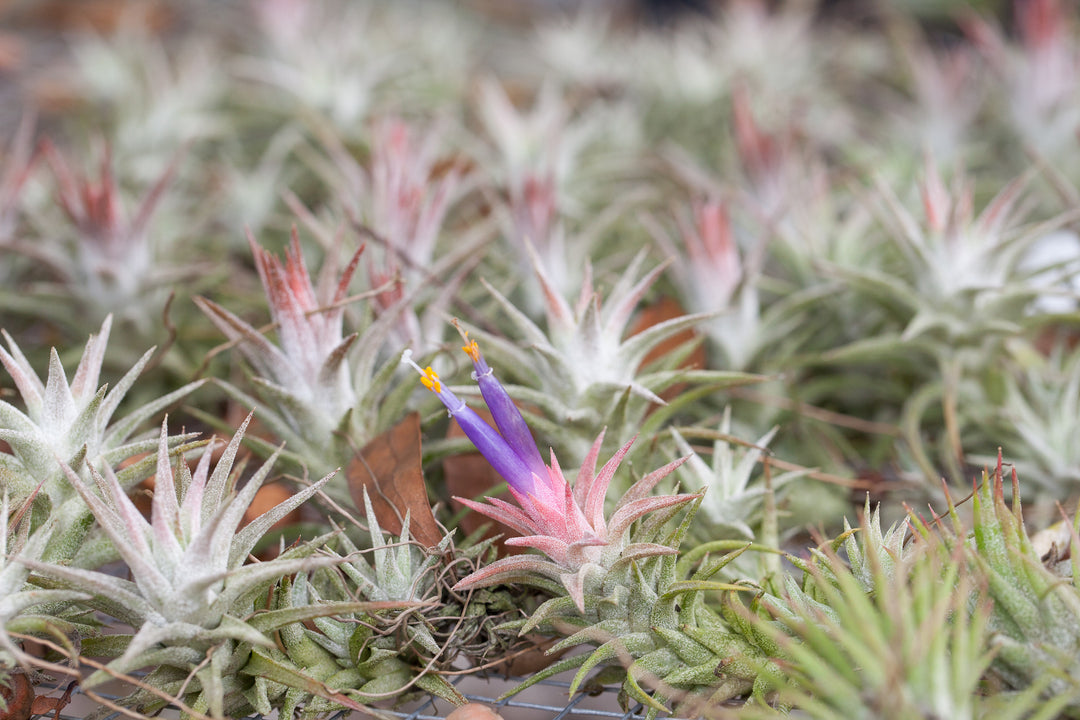
Leave a comment